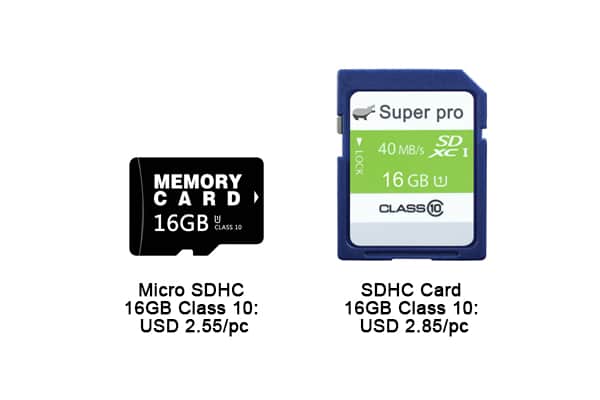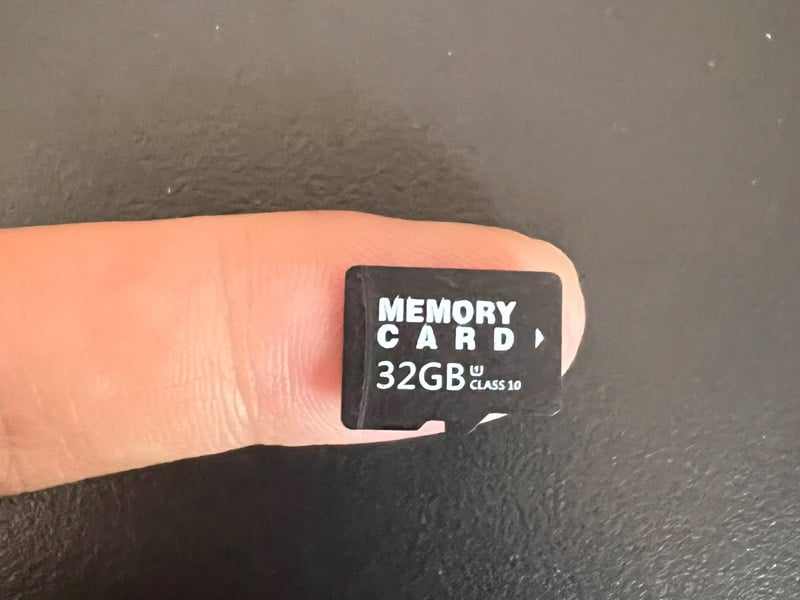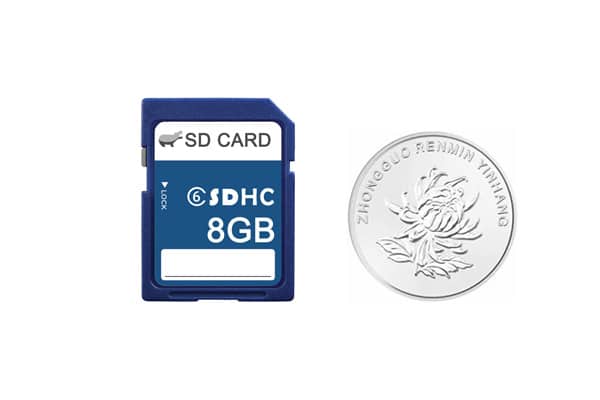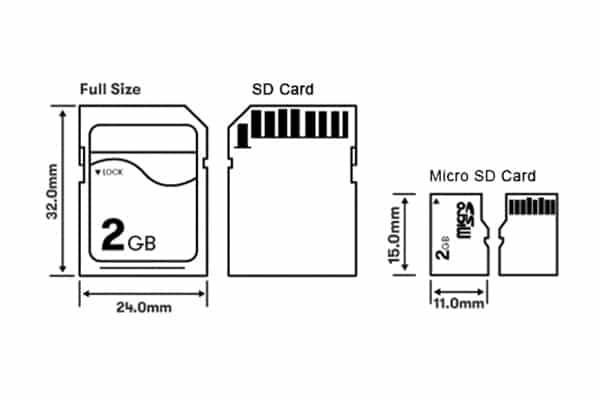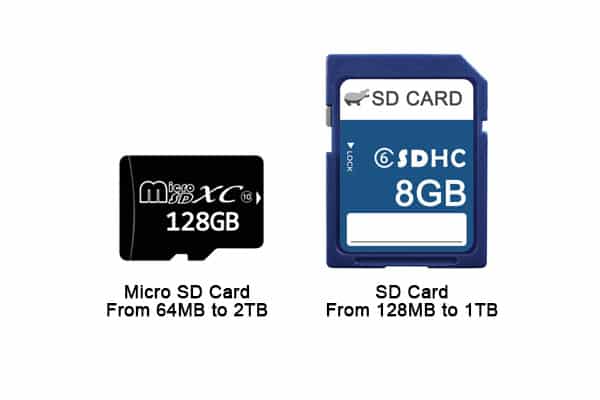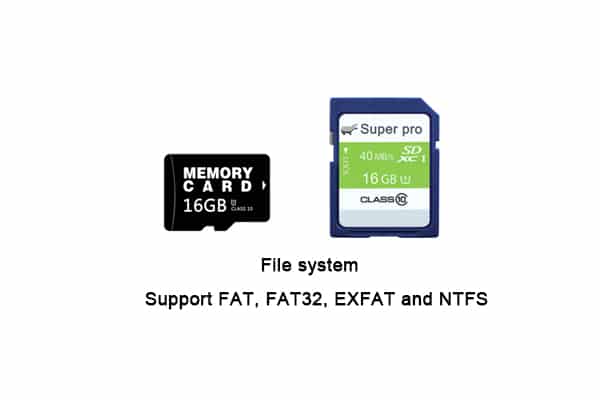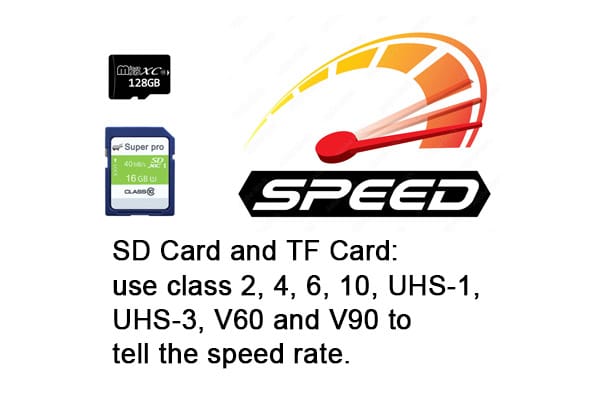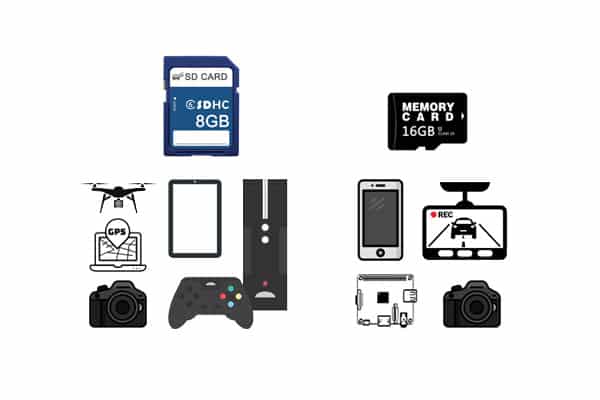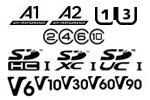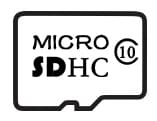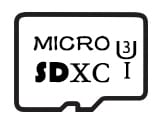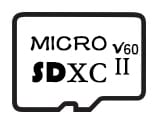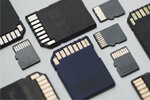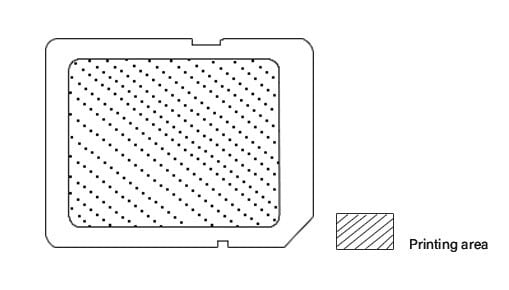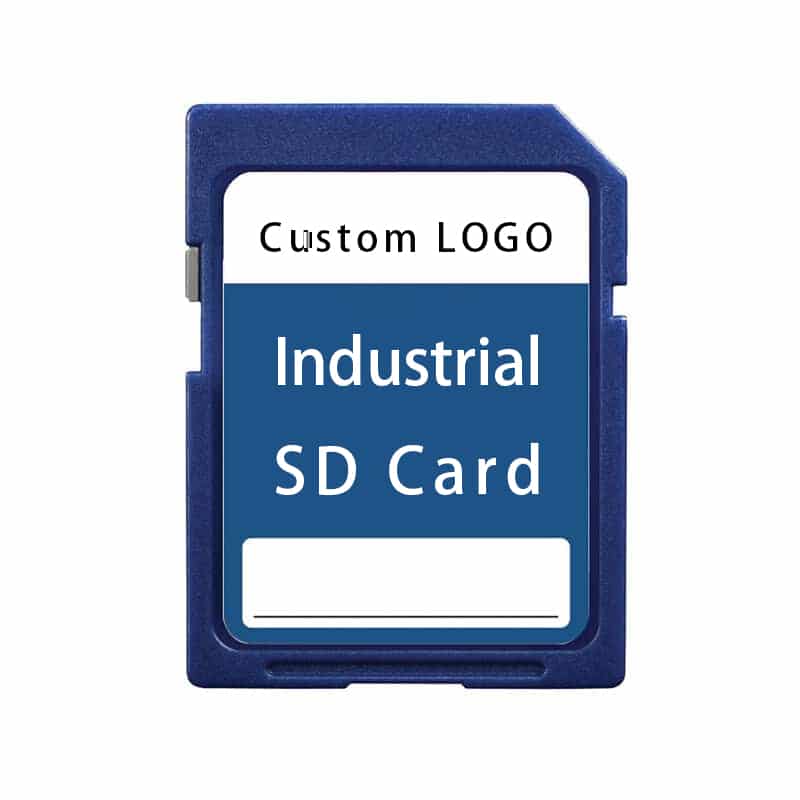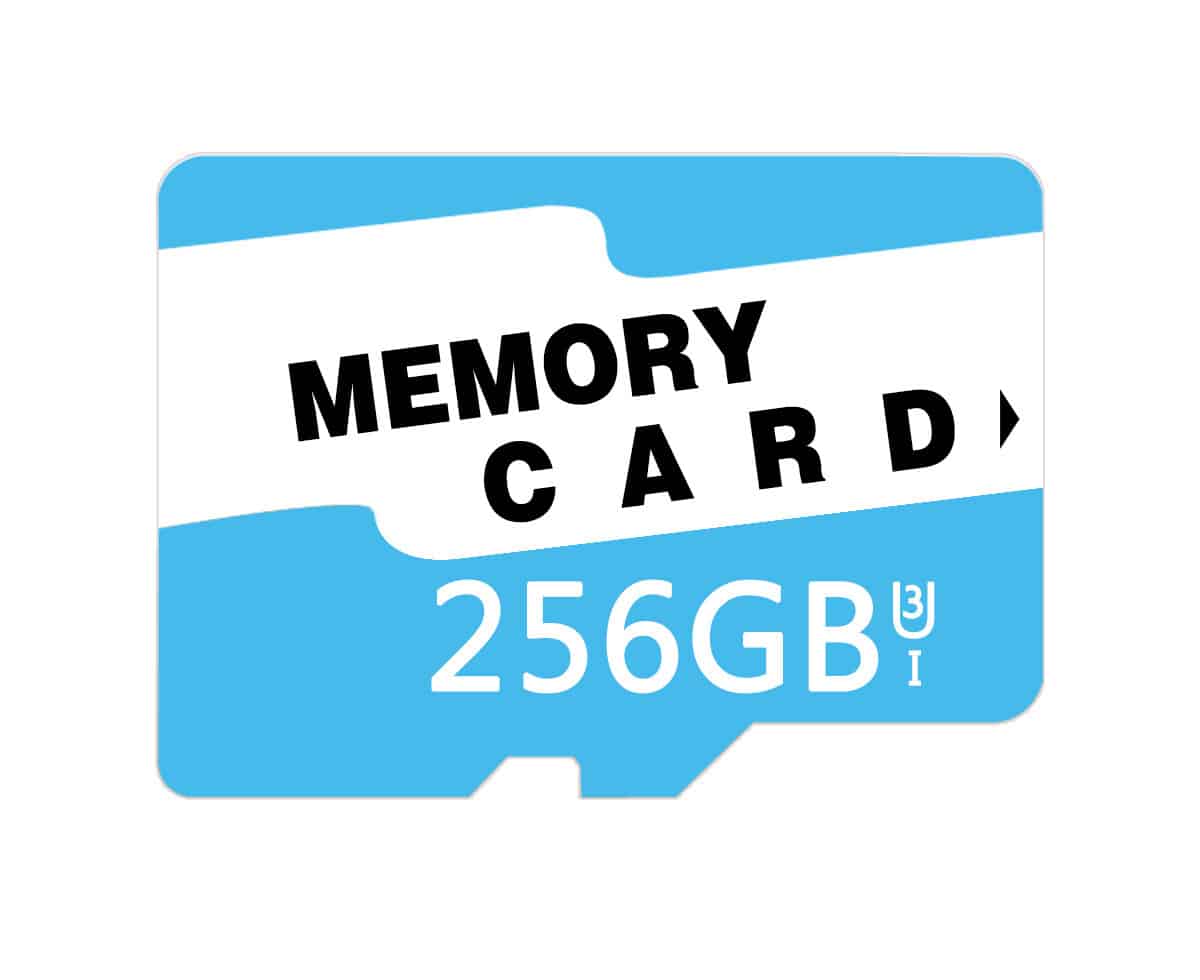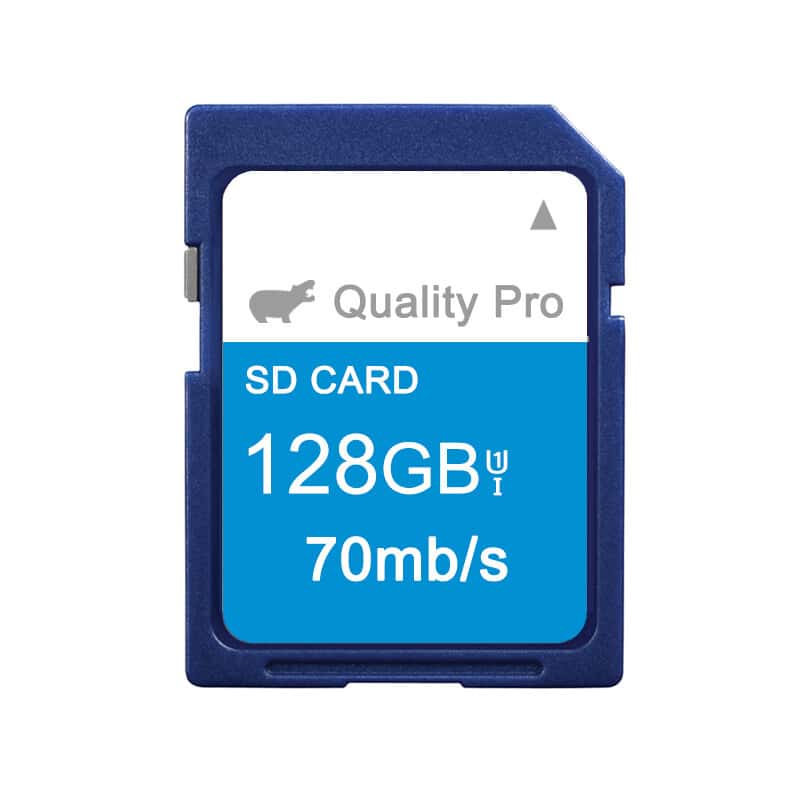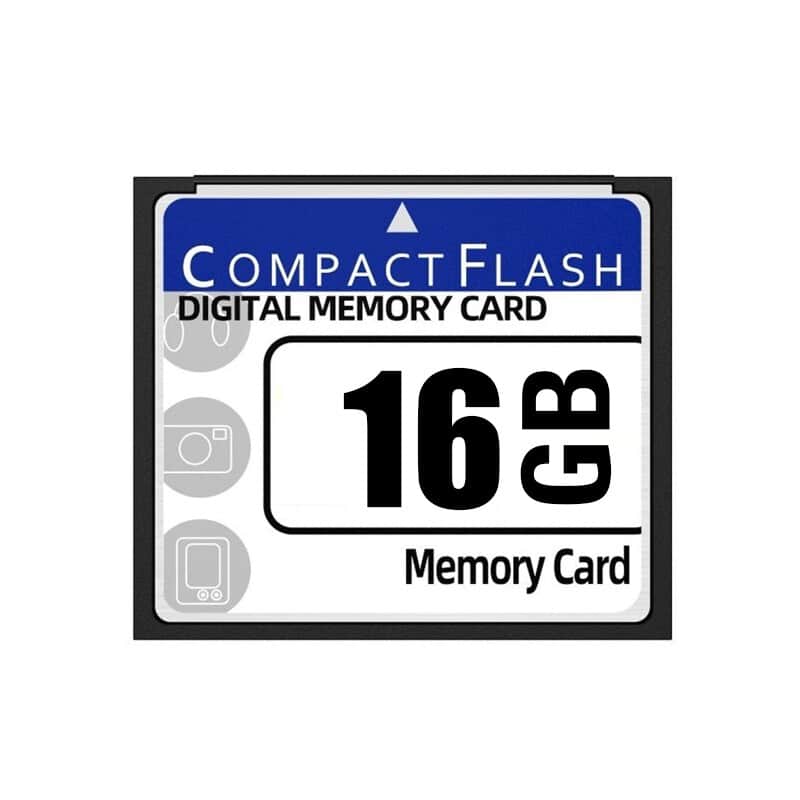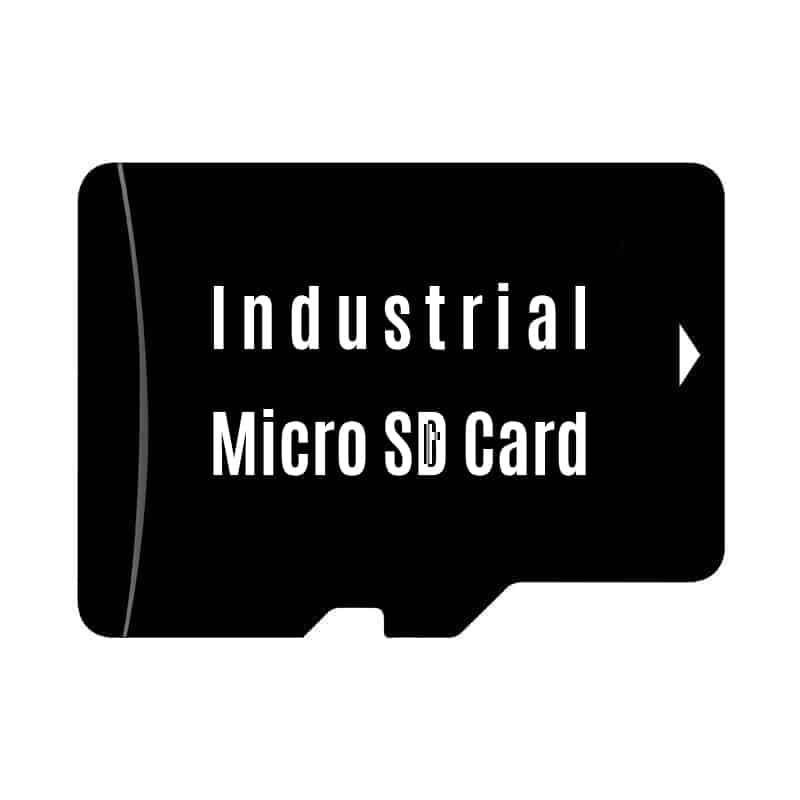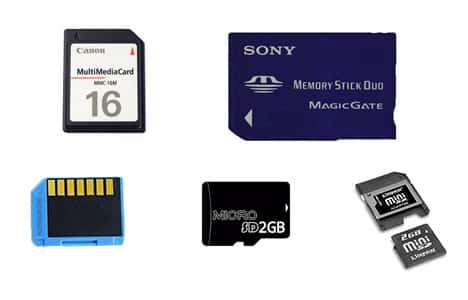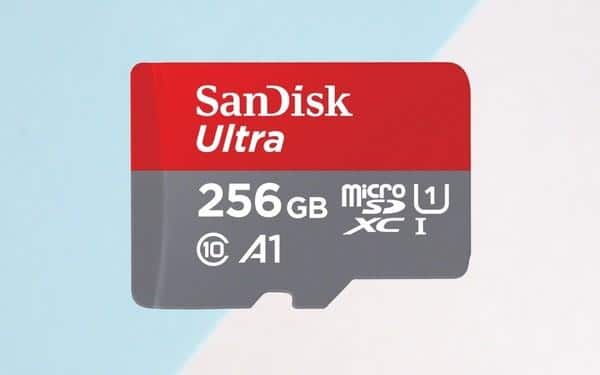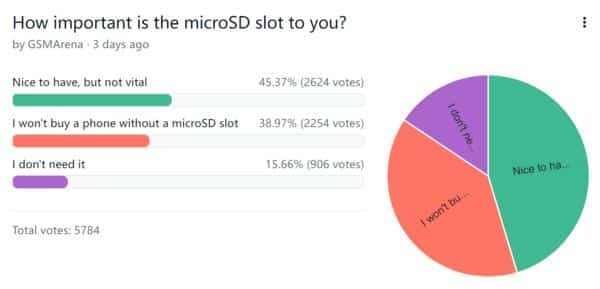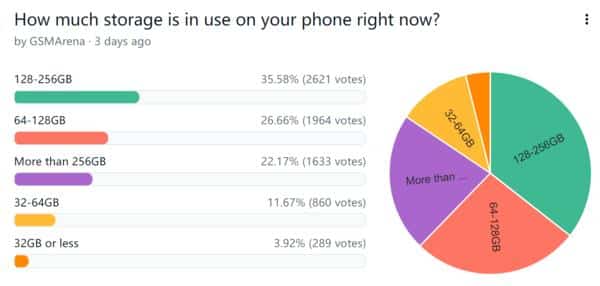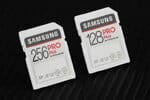A Comprehensive Guide on Micro SD Vs Tf Card
Introduction
People often ask if Micro SD Vs TF card are two distinct products. In truth, they are almost identical. This article will clarify their types and important aspects you need to know.
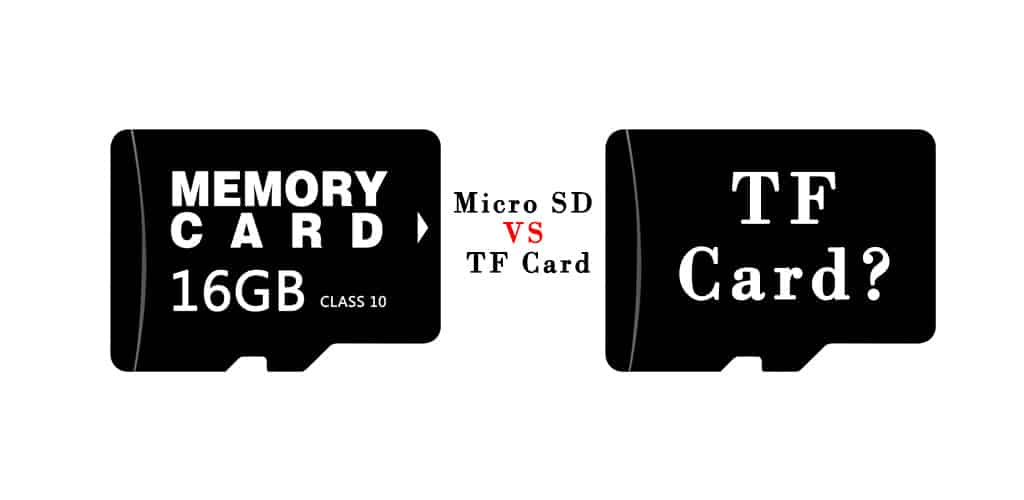
Overview of Micro SD vs TF Card
Micro SD and TF cards are two names for the same product. The distinction is historical. SanDisk launched the TransFlash (TF) card in 2004 as a compact data storage solution. The SD Association later standardized this and renamed it Micro SD.
This name change facilitated easier integration with various devices. Micro SD cards are compatible with SD readers and adapters, while the technology and design remain unchanged. Both terms are still in use today without any technical differences.
Measuring 11mm x 15mm, both cards are visually identical and share the same connectors, with storage options ranging from a few megabytes to several terabytes. However, marketing often confuses, as some regions still label these cards as TF, despite their equivalence.
Moreover, the functionality of Micro SD and TF cards is the same. They provide portable storage for different devices. Also, users can easily switch between the cards or use them with an adapter in larger SD card slots, ensuring versatility for many electronic devices.
Types of Micro SD Cards
Understanding Each type of Micro SD card is essential for selecting the right card for your needs.
1. Micro SD
The Micro SD card represents the original format, offering up to 2 GB of storage. Obviously, it fits basic applications like playing music, storing files, and saving low-res photos. While it cannot support high-performance devices, it remains efficient for older gadgets and basic tasks. Its small capacity makes it less common today, as many users choose large options.
2. Micro SDHC
Micro SDHC cards increase storage capacity from 2 GB to 32 GB. Therefore, they are ideal for users seeking more capacity without needing a large card. Commonly used for photos, videos, and apps, they are popular for everyday storage. Meanwhile they are famous for storing photos, videos, and apps. With various speed classes available, selecting the right one for gaming or HD recording is crucial.
3. Micro SDXC
Ranging from 32 GB to 2 TB, Micro SDXC cards are well-suited for high-performance devices. They handle demanding tasks like 4K video recording, sharp photography, as well as large gaming libraries. What’s more, these cards are also backward compatible with Micro SDHC devices, allowing for easy upgrades. Ensure your device supports Micro SDXC to avoid compatibility issues.
4. Micro SDUC
Micro SDUC cards offer significant advancements in Micro SD technology, with storage options beyond 2 TB. They are built for demanding applications, including 8K video recording and professional data storage. With rapid transfer speeds, these cards are ideal for content creators. Their future in storage looks promising as more devices adopt this technology.
|
Type |
Capacity |
Use Case |
Speed Class Options |
|
Micro SD |
Up to 2 GB |
Basic file storage, older devices |
Class 2 |
|
Micro SDHC |
2 GB to 32 GB |
Everyday use, photos, videos, and apps |
Class 2, 4, 6, 10 |
|
Micro SDXC |
32 GB to 2 TB |
High-performance needs, 4K video, gaming |
UHS-I, UHS-II |
|
Micro SDUC |
Over 2 TB |
Advanced applications, 8K video, data storage |
UHS-I, UHS-II |
Parameters of Micro SD Card Vs TF Card
Understanding Micro SD cards is essential for choosing the perfect one for your needs.
Speed Class
Speed Class ratings show the lowest write speeds of Micro SD cards. Whether HD video recording or gaming, you need a card with the right Speed Class. You could face performance issues like lag or dropped frames.
Here are the standard classifications:
- With a minimum of 2 MB/s, Class 2 is suitable for SD video recording and simple photography.
- Class 4 offers 4 MB/s minimum write speed, ideal for standard and HD videos.
- The minimum write speed of Class 6 is 6 MB/s. It suits HD video recording with smoother performance in devices requiring faster data transfer.
- Class 10 cards are excellent for full HD video and detailed photography. They guarantee a minimum write speed of 10 MB/s, ensuring efficient data handling.
Ultra High-Speed Class
UHS classifications provide higher performance levels than standard Speed Classes. Because this boost is vital for capturing high-quality photos and videos.
-
- UHS-I offers bus speeds up to 104 MB/s. Thus this is perfect for activities like recording 4K videos or burst photography.
- UHS-II provides even faster speeds, reaching 312 MB/s. This is particularly useful for professional gear like high-end cameras and drones that depend on quick data writing.
Video Speed Class
The V Rating emphasizes performance in video recording. It is crucial for videographers and content creators for reliable high-resolution footage.
|
V Rating |
Minimum Write Speed |
Suitable For |
|
V6 |
6 MB/s |
Standard HD video recording |
|
V10 |
10 MB/s |
Full HD video recording and smooth playback |
|
V30 |
30 MB/s |
4K video recording; reliable for high-demand tasks |
|
V60 |
60 MB/s |
High-bitrate 4K video recording; professional applications |
|
V90 |
90 MB/s |
8K video recording and professional cinematography; maximum performance for high-end devices |
Application Performance Class for Micro SD Vs TF Card
Micro SD cards are evaluated based on their app performance. Choosing a card with a higher A rating ensures smoother app operation on mobile devices or tablets.
- A1-rated cards need a minimum random speed of 1500 IOPS and a write of 500 IOPS. Obviously, these specs ensure smooth app performance for everyday tasks.
- In contrast, an A2 rating requires a minimum of 4000 IOPS for random read and 2000 IOPS for write. Hence this makes A2 cards better suited for intensive applications, ensuring faster performance.
Durability & Reliability
Durability is crucial when selecting a Micro SD card. Meanwhile a reliable card protects your data in various conditions. Look for waterproofing, shock resistance, and temperature tolerance features to ensure the card functions well in different environments.
Applications of Micro SD/TF Cards for Different Devices
Mobiles and Tablets
Storing your photos, videos, and apps is simple with Micro SD cards. In addition, Micro SDXC cards with higher speed classes are perfect for running apps from the card.
Cameras and Drones
UHS-I or UHS-II cards offer the write speeds needed for HD video and high-resolution images. For 4K recording, select V30-rated cards or better.
Gaming Consoles
Fast read and write speeds are essential for consoles like the Nintendo Switch. A1 or A2-rated cards improve app loading times and enhance gameplay.
Laptops and PCs
Micro SD cards back up large files, transfer data, and run lightweight applications. Moreover, high-capacity Micro SDXC cards with reliable speeds ensure fast access.
Other Devices
Micro SD cards are also used in dashcams, security cameras, as well as GPS units. High-speed cards enable smooth recording and playback, while durable options protect data from extreme conditions.
Final Thoughts
In short, you need to figure out what files you’ll save. If you record high-definition videos or play demanding games, select Micro SDXC cards with higher speeds.
As if your device is compatible with the card, also, you have enough budget. Larger and faster cards may be pricier but often offer better long-term value.

